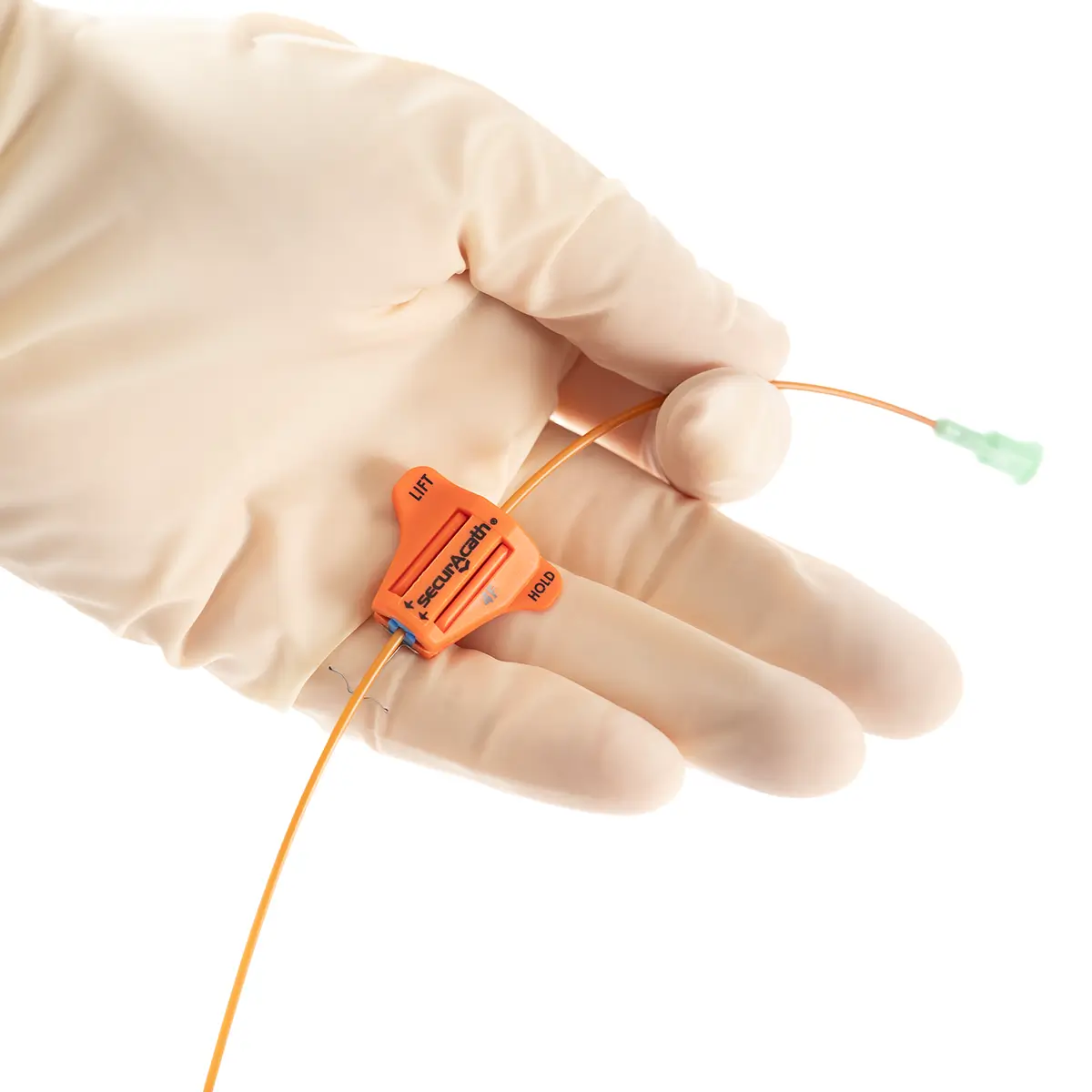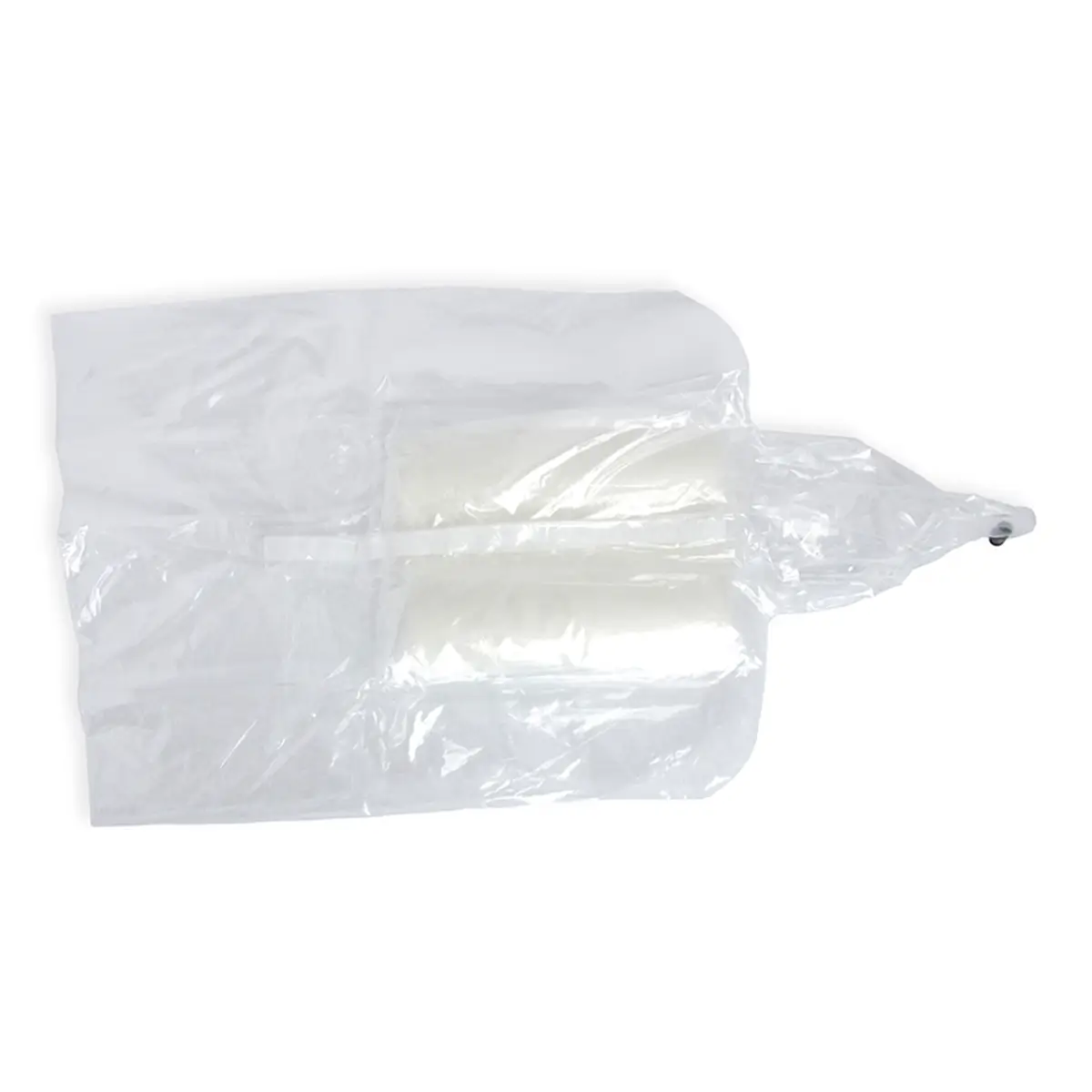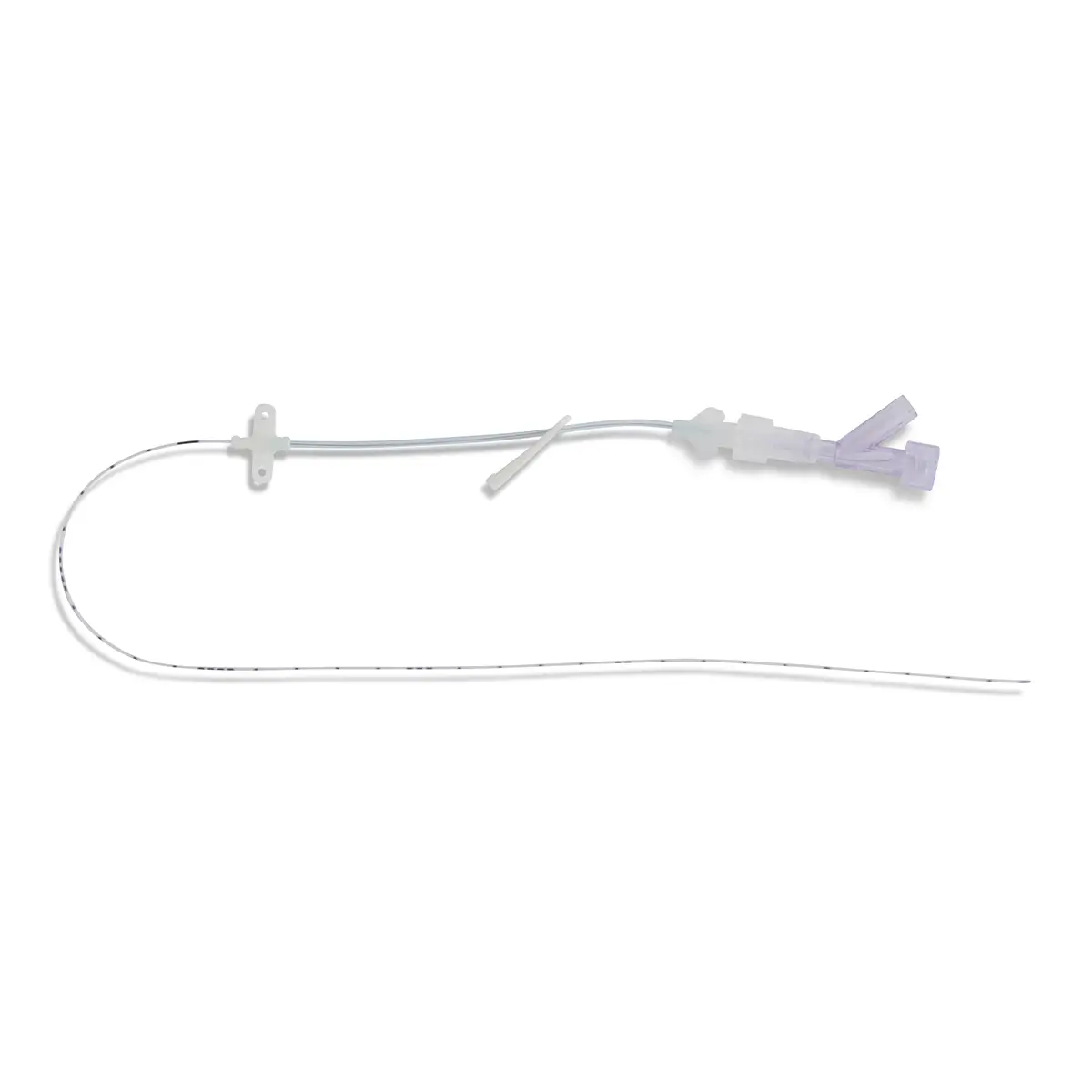Administrating Chemotherapy: What about the Nurses?

Alison Simons and Samantha Toland from Birmingham City University (BCU) have been generating a bit of a buzz over the last few years when it comes to highlighting the potential risks healthcare workers face when administrating chemotherapy to patients.
Acting as the driving force, pushing for change in perceptions and practice, their aim is simple: to protect UK clinicians from cytotoxic drug exposure through the use of closed system drug transfer devices (CSDTDs).
Evidence in this area is growing and becoming more compelling every day. A recent survey of chemotherapy nurses revealed that nearly 50% said they had experienced adverse effects on their health.* These effects range from itchy skin and hair loss to miscarriage and in some cases, infertility. Impacts to health that no healthcare worker should have to face. This evidence has further linked these effects to the inhalation of contaminated air, or by skin contact with contaminated surfaces, material and medical equipment (Sessink, 2016).
Starting their career as nurses in the oncology environment, Alison, now Senior Lecturer in Cancer Care and Chemotherapy and Samantha, Senior Lecturer in Haematology and Chemotherapy, are striving to change current practice and make CSDTDs mandatory to protect those administering these cytotoxic drugs. By further working with healthcare providers up and down the country to deliver university accredited chemotherapy courses, they aim to raise awareness to both nurses and their employers of the potential risks and follow the recommended guidelines.
“There is now plenty of published evidence showing the dangers nurses face when administering chemotherapy and we’ve heard a lot more anecdotal evidence that has convinced us that closed system drug transfer devices should be mandatory,” explains Alison.
“Changing clinical practices and introducing new equipment can be time consuming and add to costs but we feel the benefits far outweigh the challenges.”
March will see the launch of their SACT safety website. Featuring links to clinical evidence, information on CSDTDs, advice on training and further detail in relevant evidence and events, Alison and Sam hope to this as a platform to further their campaign… watch this space!
For more information please use the Contact Form






























